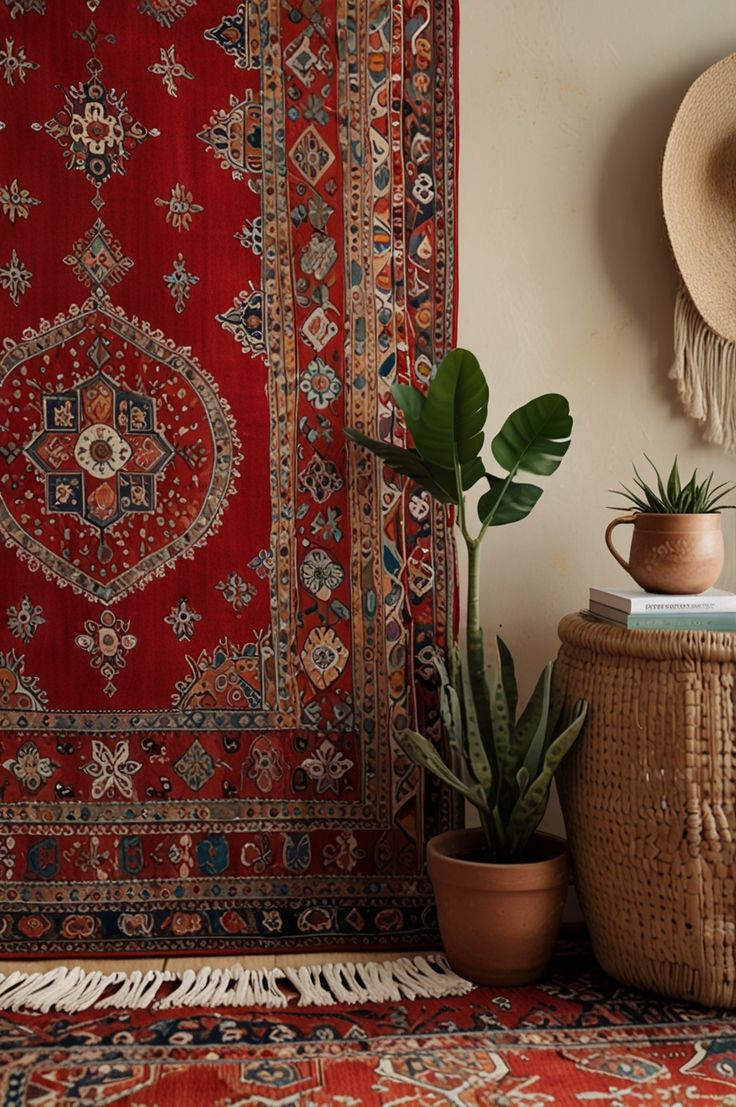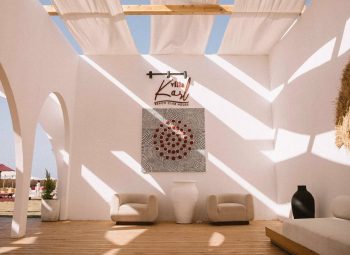Image via website
As the design world turns its attention to comfort, character, and nostalgia, a wave of colour is washing over interiors in the most unexpected ways. The sterile whites and cool greys of minimalism are giving way to hues that once gathered dust in the back of our colour charts, shades associated with ’70s lounges, ’90s kitchens, and Victorian parlours. Now, reimagined through a modern lens, these forgotten colours are staging a grand return.
Whether you’re redecorating from scratch or looking to refresh a tired corner of your home, these tones offer warmth, depth, and a renewed sense of personality.
Brown and Warm Neutrals
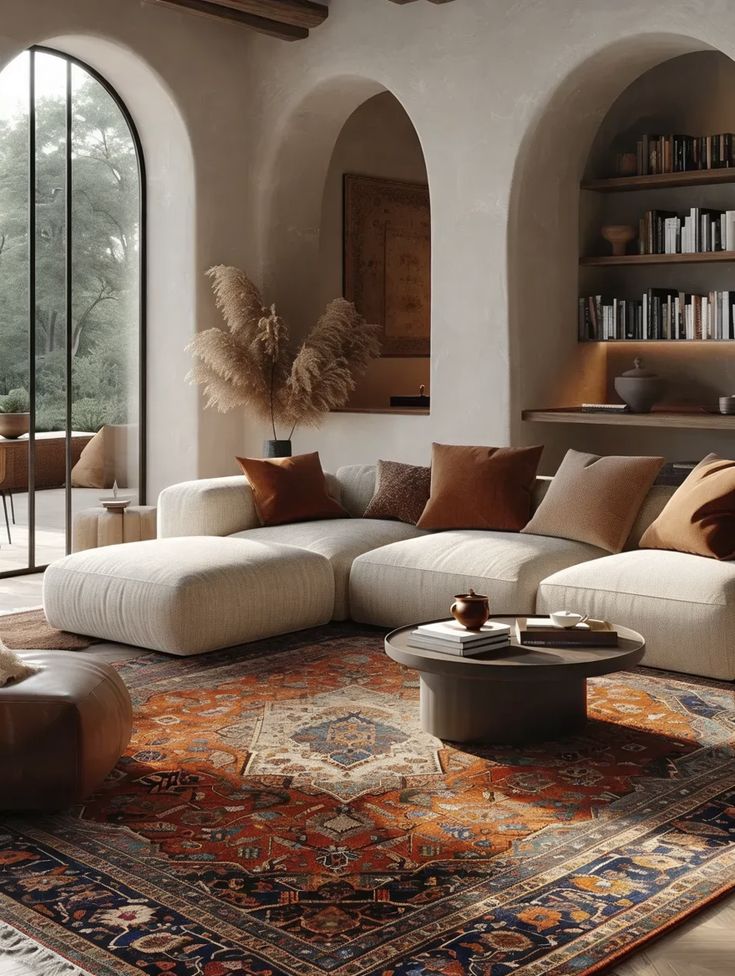
Image via website
Brown was once the colour people avoided for fear of making a space feel heavy or old-fashioned. Yet today, rich earthy tones are reappearing across high-end interiors, embodying a sophisticated, grounded aesthetic that pairs beautifully with natural materials and soft lighting.
Shades like mocha, cocoa, taupe, and beige are central to the “quiet luxury” movement, a style that embraces subtlety, softness and timeless appeal. These hues work wonderfully in living rooms, bedrooms and kitchens alike, offering a neutral base with far more depth than stark white or flat grey. Combined with textured fabrics, warm wood, and low lighting, they create inviting, elegant spaces that feel both modern and nostalgic.
Muted Greens
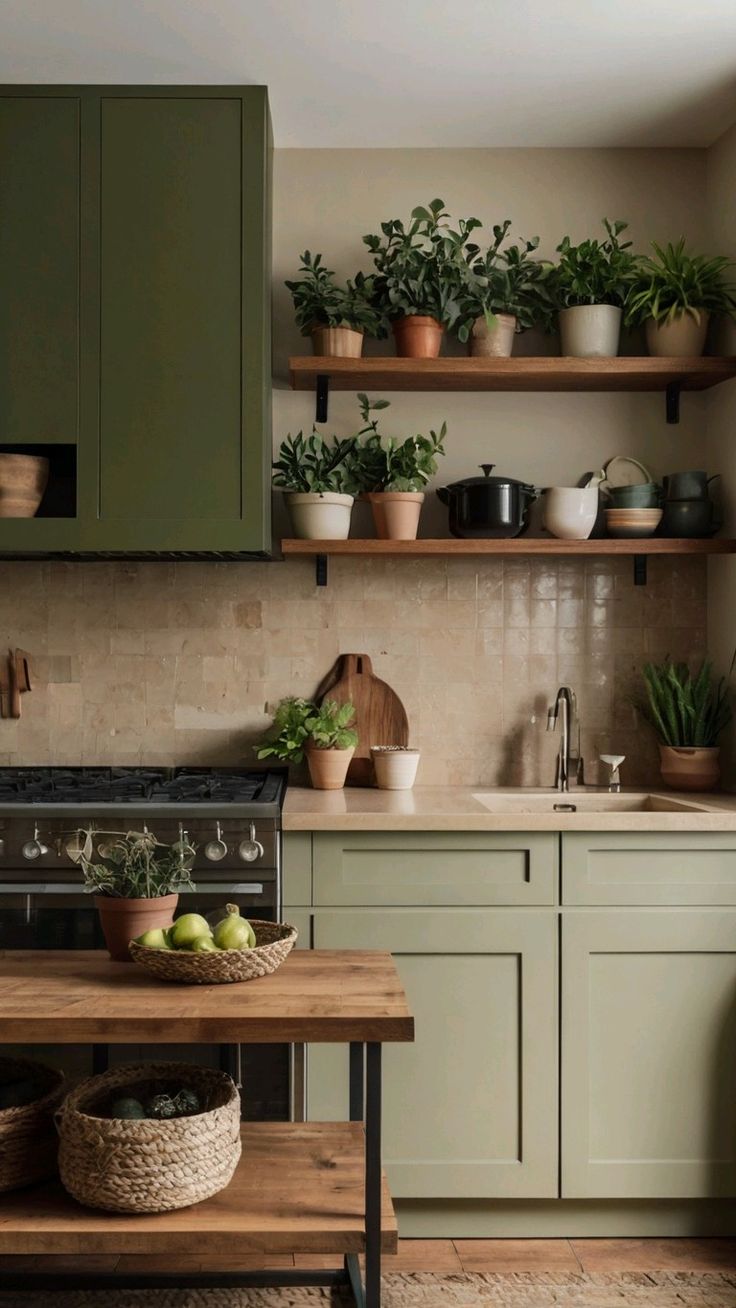
Image via website
Soft greens such as sage, olive, and sap green are becoming the new go-to shades for relaxed and natural interiors. These colours evoke a sense of calm and serenity, reminiscent of countryside homes and heritage aesthetics. They bring an immediate sense of nature indoors, which is especially welcome in urban environments.
In cabinetry, wall paint, or furnishings, muted greens offer versatility and a vintage sensibility without overpowering a space. When paired with brass fixtures or earthy neutrals, they create an atmosphere that feels lived-in and timeless, yet clean and contemporary. It’s a palette that soothes without sacrificing style.
Rust and Yellow-Orange Tones

Image via website
Inspired by the 1970s but updated for today’s interiors, burnt orange, terracotta, and warm ochre tones are enjoying a comeback. These shades add instant energy to a space while still maintaining a sense of maturity and sophistication.
Used as accent colours in textiles, ceramics, or even feature walls, rust tones bring depth and warmth, particularly when contrasted with cooler elements like soft blues or charcoals. In kitchens and dining rooms, mustard and clay tones create a nostalgic yet stylish feel, especially when combined with wooden finishes or mid-century furniture. These are colours that spark conversation and memory and are familiar yet fresh.
Dusty Blues
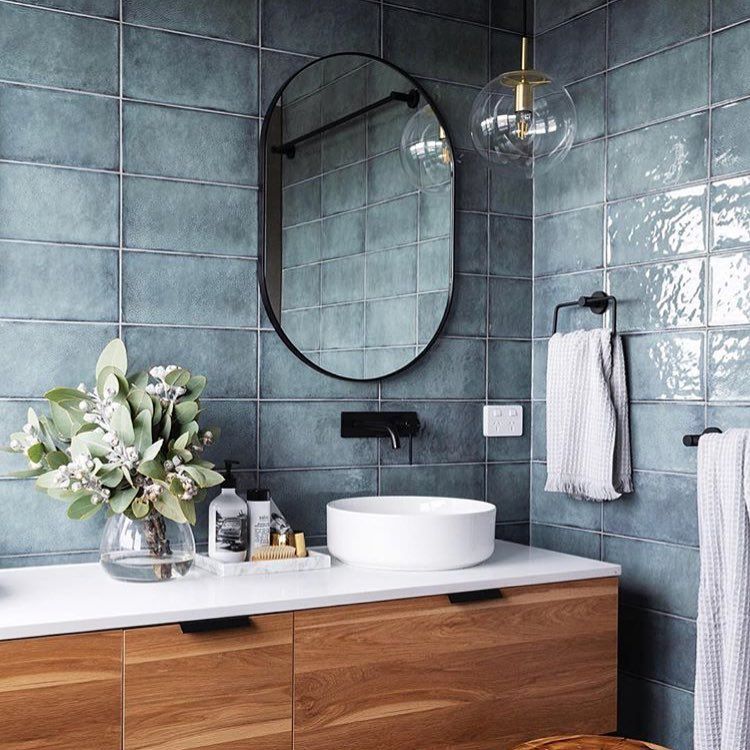
Image via website
Blues have never gone entirely out of fashion, but the current shift is towards more nuanced, desaturated versions. Dusty blue, robin’s egg, and faded steel tones are being embraced for their calming quality and ability to anchor a room without feeling heavy.
These vintage-inspired blues work beautifully in bedrooms, bathrooms, or quiet reading nooks, especially when offset with cream, brass, or soft grey accents. Unlike brighter or more primary shades, dusty blues have a subtle elegance that makes them ideal for layered, tonal designs. Their ability to reflect natural light while still adding a touch of drama gives them a lasting appeal.
Jewel Tones and Moody Shades
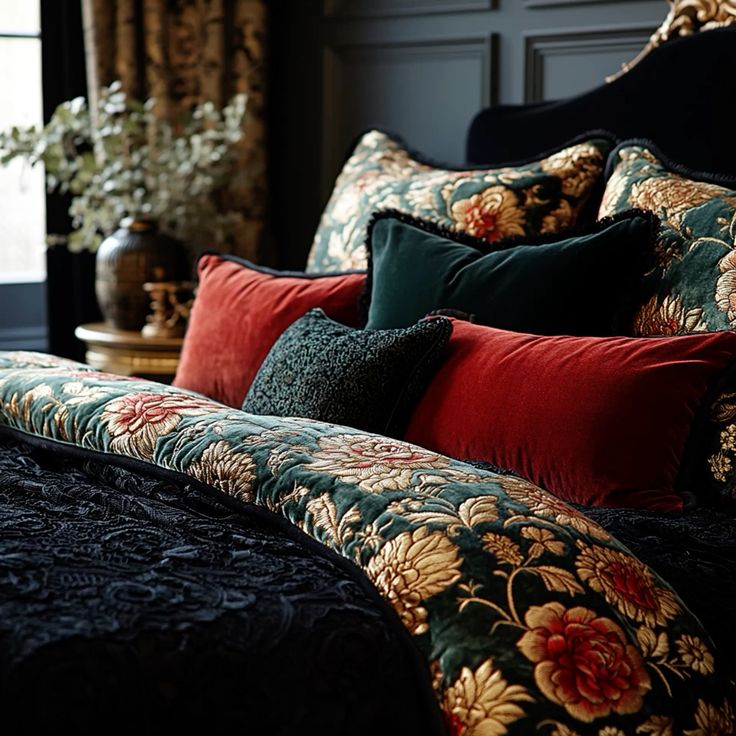
Image via website
For those unafraid to make a statement, rich jewel tones and darker, moody hues are being used in bold, immersive ways. Deep purples, burgundy, forest green, and teal are being applied not just to walls, but across entire rooms, like ceilings, trims, doors, and all in a technique known as colour drenching.
These dramatic tones create a cocooning effect, ideal for spaces meant to feel intimate or theatrical. Studies, dining rooms, and even bathrooms are being transformed with these palettes, offering a sense of escape and atmosphere. When paired with layered textures like velvet, linen, and dark woods, these colours deliver a richness that minimalist spaces simply can’t match.
Design is cyclical, and today’s interiors are proof that nothing stays out of style forever. These once-forgotten colours are back not out of nostalgia alone, but because they offer warmth, depth and character in a time when our homes are expected to do more than ever before. By turning to these shades, we embrace comfort, individuality and a design language rooted in memory, yet fully equipped for modern living.

